Tommaso di Cesare da Basso da Modena (fl. c.1480-1510) The Annunciation, in an initial 'M' cut from a choirbook on vellum, Ferrara, c.1470 A sensitive and sculptural rendering of the the Annunciation painted by Tommaso da Modena. c.216 x 168mm. The initial 'M' likely introducing the chant that begins 'Missus est Gabriel angelus'. Reverse with: '[Missus est Gabriel angelus ad Mariam virginem desponsatam Joseph nuntians ei verbum] et expa [vescit] virgo de lumin[e ne timeas Maria invenisti gratiam apud dominum ecce concipies et paries et vocabitur altissimi filius]'. Mounted and framed. Provenance: (1) Rodolphe Kann (1845-1905), Paris (see E. Rahir, Catalogue of the Rodolphe Kann Collection, Objets d’art, Paris, 1907, I, no 82). Kann's collection sold en bloc to Duveen Brothers. (2) Mrs. Collis P. Huntington, widow of the railroad builder and financier, who founded the Huntington Library and Museum. In 1913 she married her husband's nephew, Henry E. Huntington and with him gathered together material for what would become the Huntington Library and Art Gallery in San Marino, California. (3) Duveen Brothers, New York 27 December 1963. (4) Christie's, 4 June 2008, lot 30. Sister leaves: This initial was part of a group of nineteen, all initially thought to be from the same Antiphonal, that were in Rahir’s catalogue of Rodolphe Kann’s collection published in 1907 and subsequently discussed by Suida in 1947. When in Kann’s collection, the nineteen initials were mounted on three sheets. The Annunciation was on a sheet with the St Anne and the St George, along with four further initials. The group included a figure of a monk identified by Suida as Benedictine. The third sheet from the Kann collection had three initials, a sainted Pope with two young male saints, St Agatha and St Sebastian (now M6103, 6104 and 6105 of the Wildenstein Collection in the Musée Marmottan, Paris). With one exception, described as the Insignia of the Passion, all of the initials contained figures of saints. See also Christie’s, 4 June 2008, 30, 31, and 32. From the most recent publication (see Szepe, in Literature, and Bollati in the same volume), we know that these initials came from different choirbooks attributable to at least three, or maybe four, distinct illuminators. Illumination: Published by William Suida in 1947 and with sterling provenance (see Rahir, 1907), this initial was attributed to Guglielmo Giraldi a favourite illuminator of the court of Ferrara between 1445 and 1477. In fact, the initial is from the Ferrarese court, but it is now thought to be by an artist a generation younger than Giraldi. Tommaso da Modena worked on the Breviary of Ercole I d’Este in c.1505 (Modena, Biblioteca Estense, MS V.G.11; Lat. 424). The tranquil, posed, elegant figures; the pastel palette of deep pink, blue, and pale green; and the light verdant landscape are found in other works attributed to the artist, such as the additions to the Beauchamp/Warwick Psalter Hours in the Morgan Museum and Library (M.893, see f.263, St Thomas Aquinas) and in another Breviary also for Ercole I d’Este in the Calouste Gulbenkian Foundation in Lisbon (MS L.A. 150). Provenance Rodolphe Kann (1845-1905) Mrs. Collis P. Huntington
Tommaso di Cesare da Basso da Modena (fl. c.1480-1510) The Annunciation, in an initial 'M' cut from a choirbook on vellum, Ferrara, c.1470 A sensitive and sculptural rendering of the the Annunciation painted by Tommaso da Modena. c.216 x 168mm. The initial 'M' likely introducing the chant that begins 'Missus est Gabriel angelus'. Reverse with: '[Missus est Gabriel angelus ad Mariam virginem desponsatam Joseph nuntians ei verbum] et expa [vescit] virgo de lumin[e ne timeas Maria invenisti gratiam apud dominum ecce concipies et paries et vocabitur altissimi filius]'. Mounted and framed. Provenance: (1) Rodolphe Kann (1845-1905), Paris (see E. Rahir, Catalogue of the Rodolphe Kann Collection, Objets d’art, Paris, 1907, I, no 82). Kann's collection sold en bloc to Duveen Brothers. (2) Mrs. Collis P. Huntington, widow of the railroad builder and financier, who founded the Huntington Library and Museum. In 1913 she married her husband's nephew, Henry E. Huntington and with him gathered together material for what would become the Huntington Library and Art Gallery in San Marino, California. (3) Duveen Brothers, New York 27 December 1963. (4) Christie's, 4 June 2008, lot 30. Sister leaves: This initial was part of a group of nineteen, all initially thought to be from the same Antiphonal, that were in Rahir’s catalogue of Rodolphe Kann’s collection published in 1907 and subsequently discussed by Suida in 1947. When in Kann’s collection, the nineteen initials were mounted on three sheets. The Annunciation was on a sheet with the St Anne and the St George, along with four further initials. The group included a figure of a monk identified by Suida as Benedictine. The third sheet from the Kann collection had three initials, a sainted Pope with two young male saints, St Agatha and St Sebastian (now M6103, 6104 and 6105 of the Wildenstein Collection in the Musée Marmottan, Paris). With one exception, described as the Insignia of the Passion, all of the initials contained figures of saints. See also Christie’s, 4 June 2008, 30, 31, and 32. From the most recent publication (see Szepe, in Literature, and Bollati in the same volume), we know that these initials came from different choirbooks attributable to at least three, or maybe four, distinct illuminators. Illumination: Published by William Suida in 1947 and with sterling provenance (see Rahir, 1907), this initial was attributed to Guglielmo Giraldi a favourite illuminator of the court of Ferrara between 1445 and 1477. In fact, the initial is from the Ferrarese court, but it is now thought to be by an artist a generation younger than Giraldi. Tommaso da Modena worked on the Breviary of Ercole I d’Este in c.1505 (Modena, Biblioteca Estense, MS V.G.11; Lat. 424). The tranquil, posed, elegant figures; the pastel palette of deep pink, blue, and pale green; and the light verdant landscape are found in other works attributed to the artist, such as the additions to the Beauchamp/Warwick Psalter Hours in the Morgan Museum and Library (M.893, see f.263, St Thomas Aquinas) and in another Breviary also for Ercole I d’Este in the Calouste Gulbenkian Foundation in Lisbon (MS L.A. 150). Provenance Rodolphe Kann (1845-1905) Mrs. Collis P. Huntington







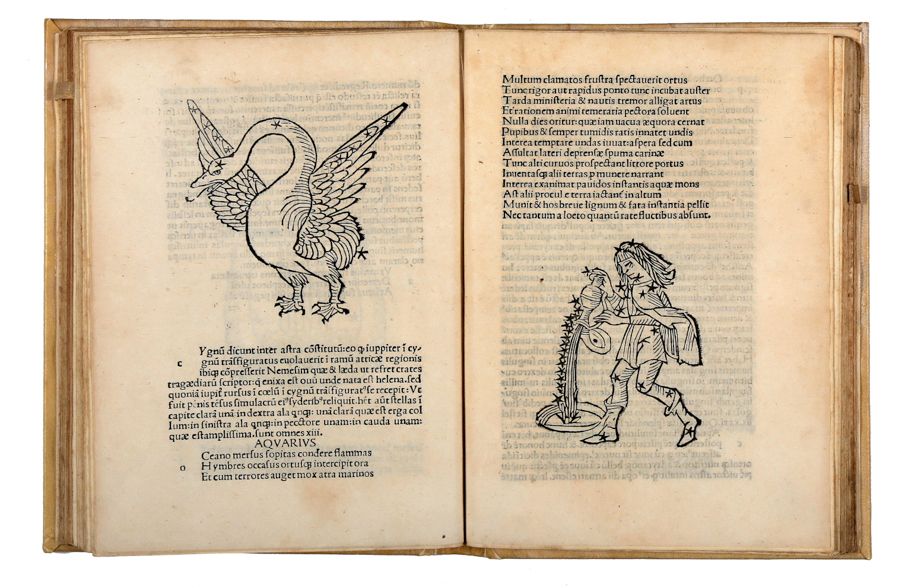
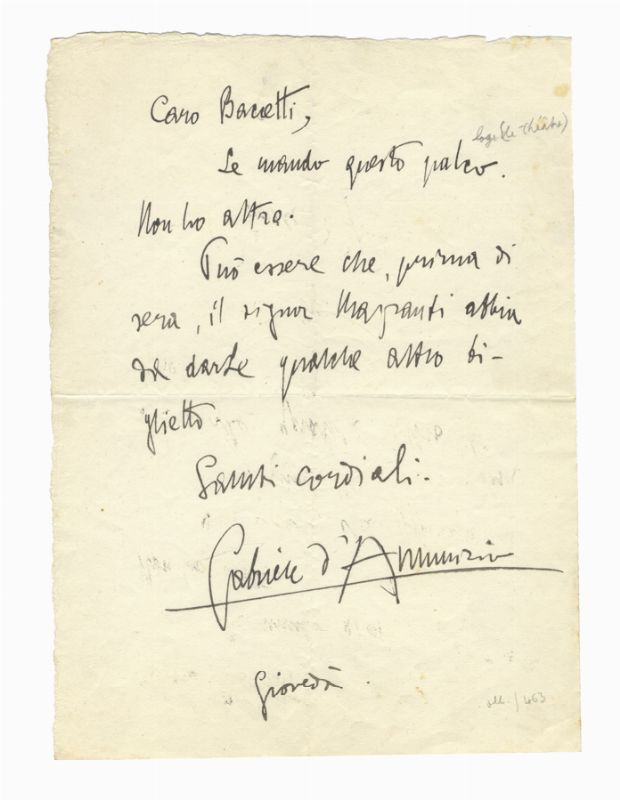


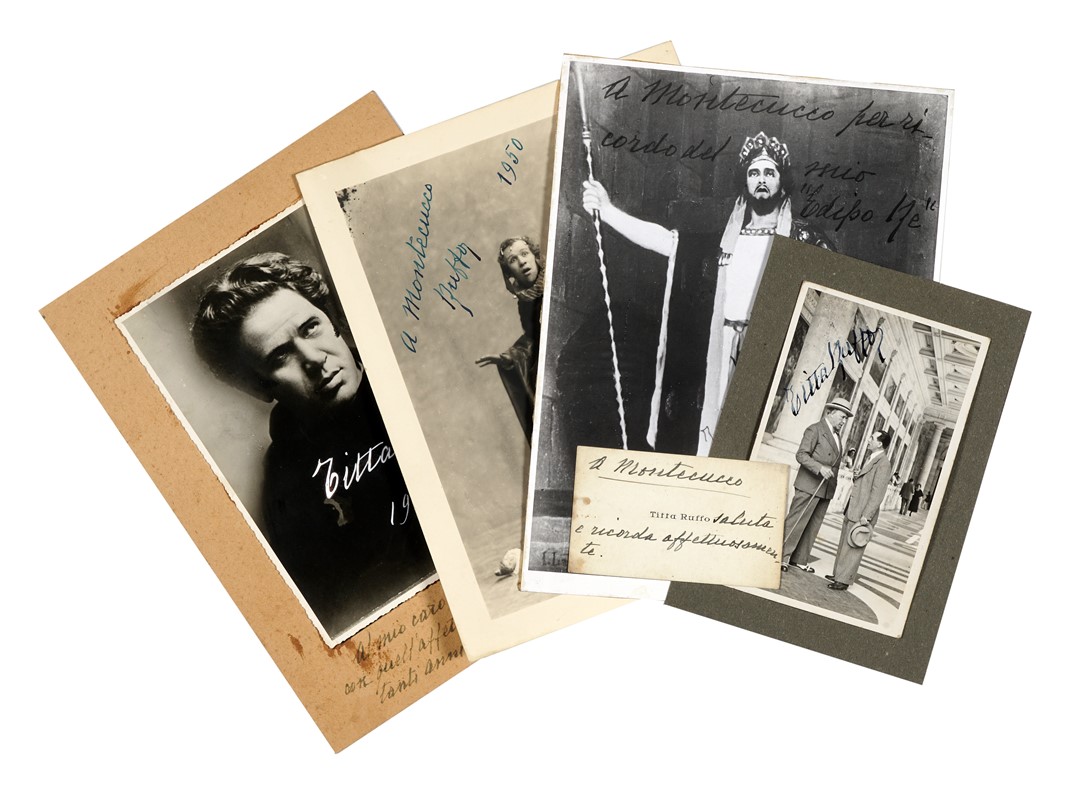
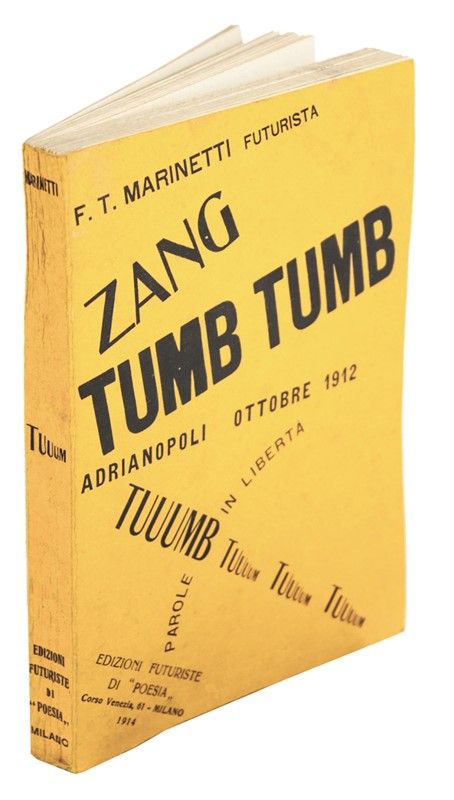
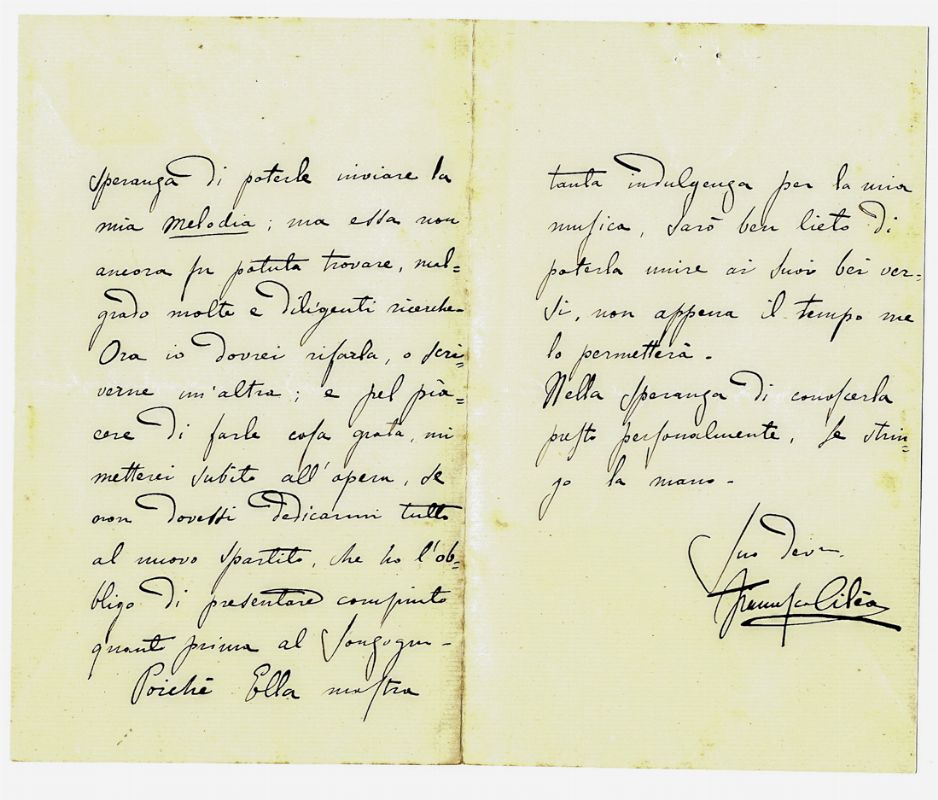

Testen Sie LotSearch und seine Premium-Features 7 Tage - ohne Kosten!
Lassen Sie sich automatisch über neue Objekte in kommenden Auktionen benachrichtigen.
Suchauftrag anlegen